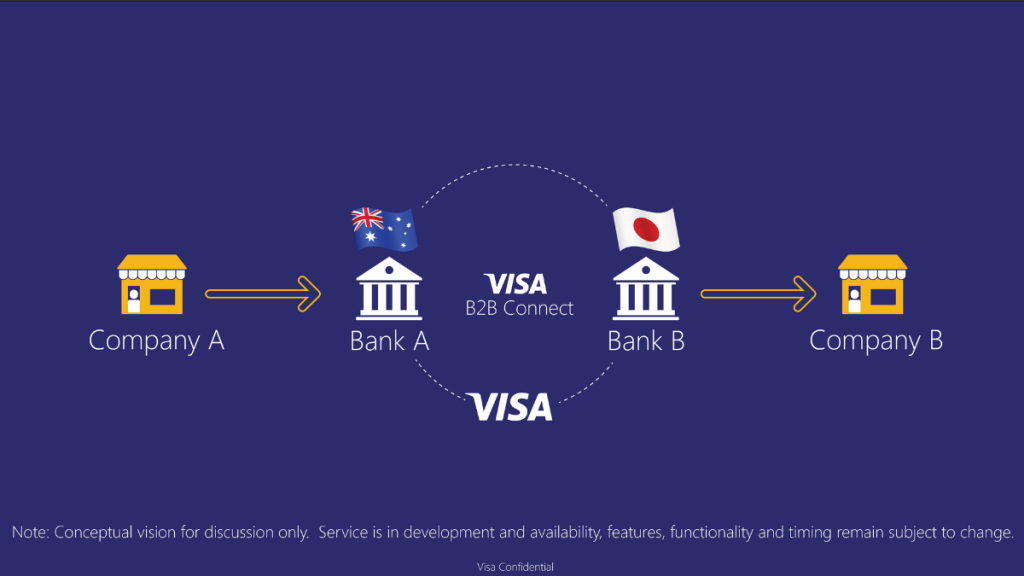Simply put, cross-border payments refer to payments across two or more countries. They have become necessary in a fast-paced world where businesses seek to connect with consumers worldwide. Since the pandemic, cross-border payments have been utilized by Middle East residents to support finally support loved ones living in another country.
They are important for Gulf Cooperation Council (GCC) countries, with transactions reaching around $2 trillion annually. Mckinsey reports that two of the world’s largest remittance corridors are in UAE and Saudi Arabia, handling a total of $78 billion in payments in 2020 alone. The Arab Monetary fund has also launched the Buna payment platform to support multi-currency payments among its members.
However, the Middle East cross-border payments scene had several drawbacks resulting from high transaction charges, security issues and sky-high exchange rates. Currently, many industry experts forsee major future changes for Middle East cross-border payments systems. Several blockchain-based fintech firms are seeking new solutions to solve the problems of cross-payment systems in the Middle East.
Blockchain For Cross-Border Payments In The Middle East
The region is set to become the latest trendsetter for cross-border payments with the adoption of blockchain technology. Reports have found that using Blockchain for cross-border payments can encourage traceability and ease the transaction process. Several organizations are already using blockchain tokens to channel cross-border payments worldwide.
QNB (Qatar National Bank), one of the largest financial institutions in the MENA region, recently jumped on the Ripple Blockchain network to elevate its cross-border remittance services. Ripple utilizes a decentralized network that brings together both fintech and traditional banks to enable a distributed ledger technology to create an improved transaction system.
It launched the on-demand liquidity solution known as xRapid in 2021, using XRP tokens to create on-demand liquidity. The strategy aims to lower capital requirements for multi-currency transactions to benefit new markets where currency liquidity is generally low. In addition, blockchain-run systems are generally more efficient with faster processing times since multiple FIs are connected through the same network.
Nium is also making major moves towards the Middle East with the Stellar blockchain technology. It included XLM tokens deployed by global financial institutions to make payments to over 190 countries in more than 100 currencies. Industry experts also claim that Stellar can help clients offramp crypto assets to make payments with stablecoins and disburse fiat.
Bottom Line
The Middle East is currently at the point of a digital payment revolution with the advancement of cross-border payment systems. However, traditional cross-border payment systems are only sometimes reliable due to delayed and expensive transactions. As it stands, central banks in the Middle East are leaning towards Blockchain for cross-border payment systems to promote swift digital transactions.
In 2019, Dubai piloted the blockchain-based Cross-Border E-Commerce Platform to integrate E-commerce companies and attract foreign investments into the country. Besides traditional banks and fintech companies, other major industries like hospitality, oil and gas, and air travel may also benefit from blockchain-enabled cross-border payments. Indeed, it might be the solution for effective cross-border payments systems across the Middle East.




























